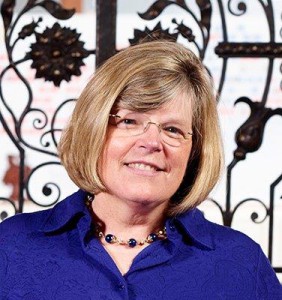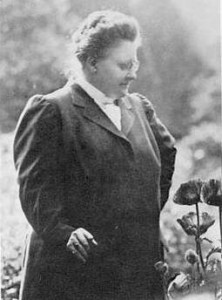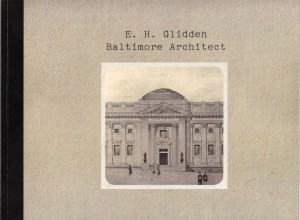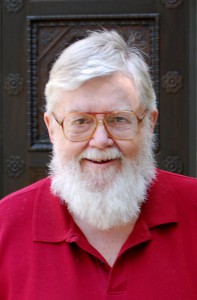
Tracing one’s family back to their country of origin can be daunting; often the birthplaces found on census records are just countries, with no indication given of province or county. Therefore, when I found my great-great-grandfather on the 1920 United States Federal Census, I groaned inwardly when I read the birthplaces of his parents: Scotland and Ireland.
William Muir’s parents were a Robert and Margaret Muir. As I noted yesterday, I found them in the 1860 United States Federal Census living in Charlestown, Massachusetts. Continue reading An unexpected helping hand








